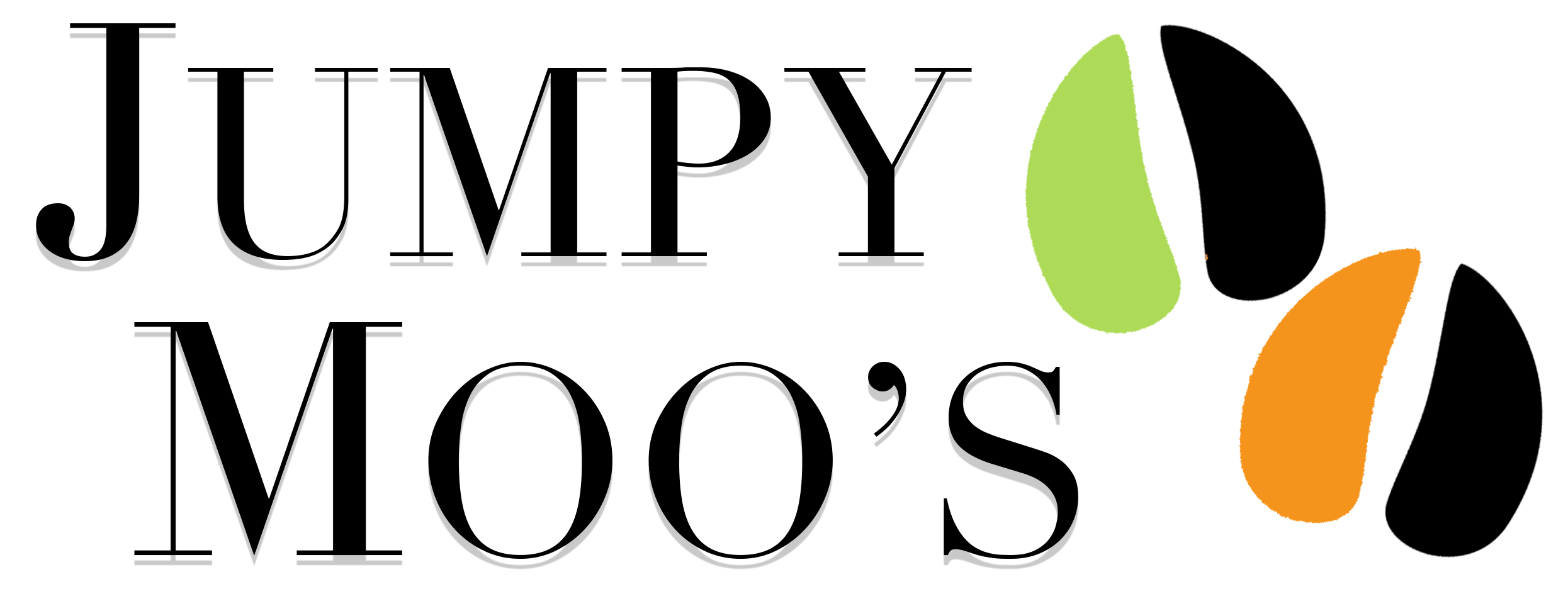All you need to know about nappy liners
Nappy liners are thin pieces of fabric that act as a semi-permeable barrier that catch all solid excrement, preventing leakage. They allow for quick removal of your baby’s poop without even getting your hands dirty.
Nappy liners come in different variations, such as disposable nappy liners, that can be flushed for easier disposal. The best way to keep your baby clean is by using nappy liners. They are also good for when your baby starts eating solid foods because their poop is no longer water-soluble
How to use nappy liners?
Nappy liners complement the cloth nappies perfectly as they make cleaning up poop easy and absorb the urine. To benefit from this almost magical creation, all you have to do is simply place the liner on top of your baby’s nappy, against their skin, before putting it on. It’s as simple as that! The process is similar to placing a sanitary pad or a panty liner, except, instead of sticking that to your underwear, you simply line the nappy. This prevents your baby from feeling moisture as the liner acts as a barrier between your baby’s sensitive skin and the nappy. When used with cloth nappies, they act as a measure against leakage by not allowing any solids to pass through. This means no more having to wake up multiple times during the night to change your baby’s nappy!
What is the disposal process for nappy liners?
Reusable nappy liners are usually made of cloth and can be washed a few times before being discarded. Fleece nappy liners are easiest for clean-up purposes as the poop automatically slips off. Non-reusable nappy liners can be further divided into those that can be flushed and those that must be discarded into the nappy bin. To dispose of the flushable kind, simply hold the used nappy on top of a toilet and let the liner slip off and flush. These are convenient since you have not only skipped the part where you have to touch the poop but also prevents your bathroom from stinking up. If this product isn’t already on your mind, it should be due to its convenience and the peace it brings your baby to live without a constant nappy burn.
How to empty the nappy bin?
This is a question that parents often ask. It is simply turning the nappy bin over into the bigger trash bin. However, emptying the nappy bin into the bigger trash bin in the house is a chore everyone dreads. For this reason, we approach the question of emptying the nappy bin in a different way by telling a trick on how to reduce the times you need to empty the nappy bin.
Here is a review about nappy liners from a parent who is already using them: “We had been folding nappy liners into thirds and placing them in our daughters' nappies each afternoon as she loves to poop a little right after we changed her. This saved us about three nappies a day that otherwise would have hit the nappy bin — paid for themselves in under a month. Using nappy liners with my son in his cloth training underpants again for poop and some extra absorbency. It makes them much easier to wash and has saved us a few times from leaks. Very happy with them. Are perforated and rip off the roll easily.”
Yes, by using nappy liners, you will have to use nappies much less and therefore the number of times you need to empty the nappy bin will decrease as well.
How to prevent nappy rash?
Using nappy liners is a way to prevent nappy rash. Nappy liners are a thin, disposable film that is placed on top of the nappy. They act as a barrier between your baby’s skin and the nappy, hence preventing nappy rash and keeping your baby’s skin dry. Jumpy Moo’s (JM) bamboo nappy liners are made of bamboo fibers that are soft to touch and hypoallergenic, preventing your baby’s sensitive skin from friction burns and harsh nappy rashes.
Normally, sanitary products such as sanitary napkins, nappies and re-usable nappy liners are not flushable and can clog your drain and septic tank owing to the non-degradable materials that they are made of. However, JM nappy liners are flushable. JM nappy liners are made of biodegradable bamboo fibers and take approximately two weeks to break down and can thus be flushed away. So if you're looking for an easy and sustainable way to keep your nappy area clean, JM nappy liners are a great option
